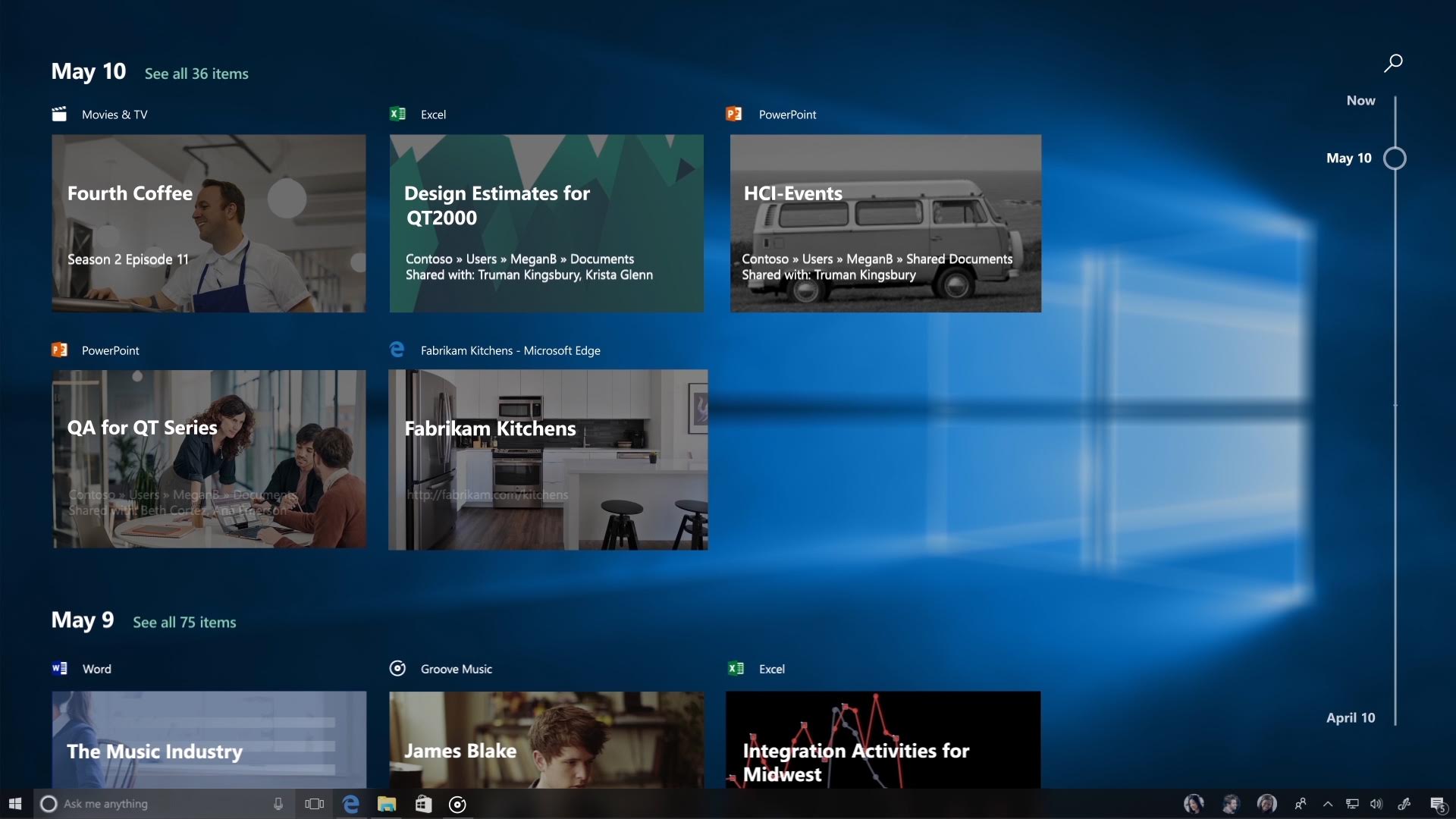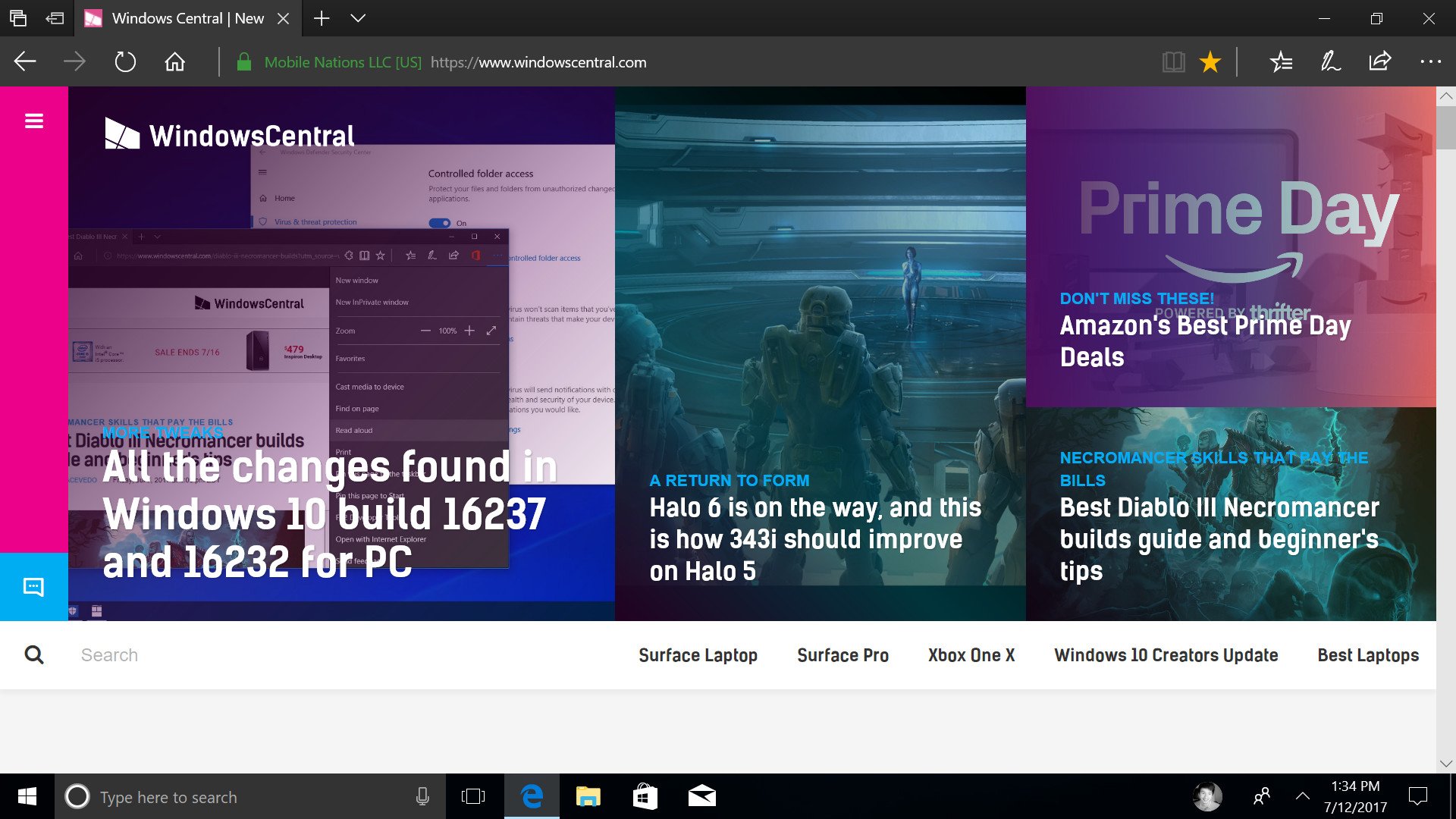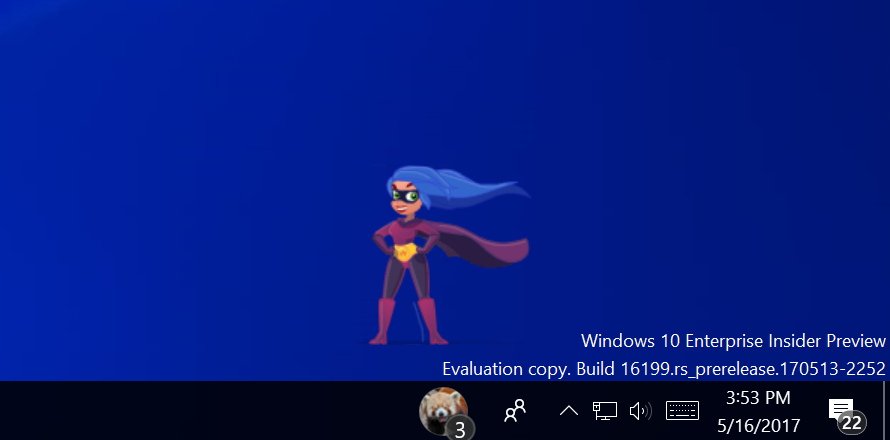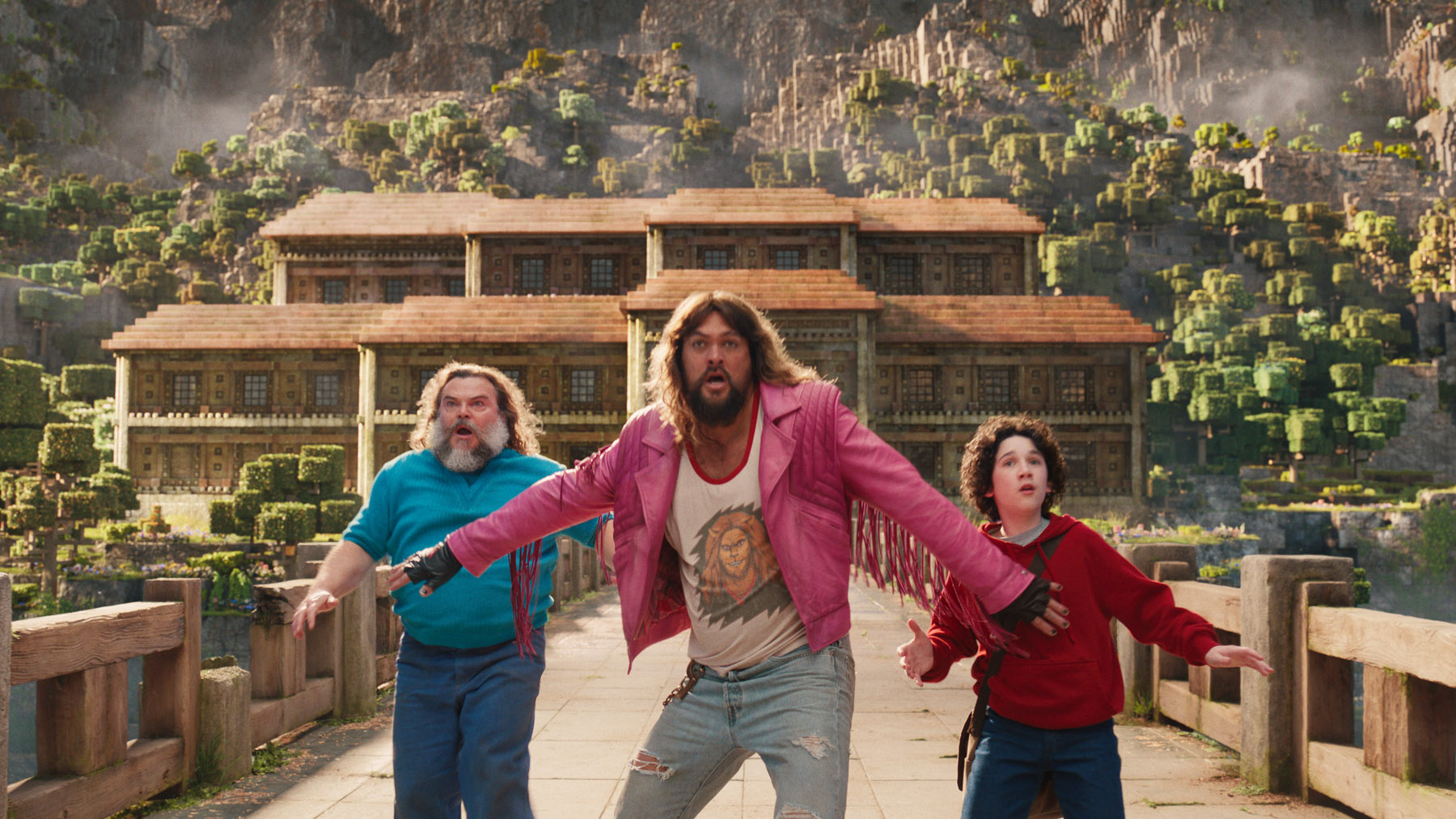Does it really matter if Microsoft cuts features from a Windows 10 release?
With Microsoft cutting Timeline from the Fall Creators Update, I can't help but wonder if cutting features actually matters to anyone.

Last week, Microsoft announced that it was cutting a blockbuster feature from the Windows 10 Fall Creators Update. Known as Timeline, this new feature is essentially a glorified recent apps screen that allows the user to jump back in time to an app that was open previously and pick up exactly where they left off. It also synced apps that were open on other devices as well, whether that be other Windows 10 devices or an iOS/Android based smartphone.
It's a clever feature that essentially brings a users devices and experiences together in one screen. You can use Timeline to see all your recent apps, from all of your devices. But now that this feature has been cut from the Fall Creators Update, Windows Insiders, fans and enthusiasts alike have been outraged at Microsoft's inability to build an announced feature in time for release. This isn't the first time Microsoft has had to cut features from a release, either.
But I can't help but wonder if it even matters when Microsoft cuts features from a scheduled release. When an update goes out the public, the majority of people who get that update aren't even aware of the features that are coming in it, because they aren't privy to the Windows Insider Program or Microsoft's official channels where they announce new features. Microsoft cutting Timeline from the Fall Creators Update means nothing to the majority of Windows 10 users out there today.
Back before the Creators Update was launched, Microsoft cut a feature called My People, which many considered to be the Creators Update's blockbuster feature. It's been a few months since that update was released to the public, and it's not like that release of Windows 10 is severely lacking in anything, because it isn't. Microsoft's cadence of updates is designed in a way so that each one isn't that significant of a release, but rather featuring smaller changes and improvements that built up over time.

Unlike macOS, iOS and Android, where feature updates come once a year, Windows 10 is on a twice-a-year update cadence. This means that if a feature is cut from one release, it's only half a year before that feature gets put into an official update. In the case of My People, that was cut from the Creators Update that launched in April; users can expect to see it officially launch in the Fall Creators Update in October. That's only six months between its originally planned launch, and it actually launching.
Timeline will be coming in the next major update now, scheduled for April 2018. That's not a long time and is a much shorter wait compared to the yearly-or-worse release cadence of other platforms.
Sure, a feature being delayed is still bad news. But it isn't that bad of news. I'm pretty sure most people would rather Microsoft delay a feature if they feel it isn't ready than push it out early and hope for the best. I think the thing people are getting most upset at is the fact that Microsoft is unable to stick to its own release schedule for features. Luckily, there's a way around this. I think Microsoft should stop giving time frames or pinning releases to features that it demos or announces.
Get the Windows Central Newsletter
All the latest news, reviews, and guides for Windows and Xbox diehards.

Timeline was announced at Build 2017 in May, during a demo that was all about the Fall Creators Update. Speakers on stage referred to all the features they demoed as features coming in the Fall Creators Update, and as such we all assumed those features would be ready in time for that release. If Microsoft had just said on stage that "everything you're about to see will be coming in the next several updates," then everything would be groovy.
If Microsoft had simply positioned its demos as features that were currently in the works for the next few Windows 10 releases, the news that Timeline isn't coming in the Fall Creators Update wouldn't have been as damning as it was. Same goes for Cloud Clipboard and any other features that are not going to be ready in time for the Fall Creators Update. Next time, just say these features will be showing up over the next few Windows 10 updates, instead of pinning a specific update to features that the Windows Team likely won't be able to finish in time. It's simple.
Or at the very least pare back the number of huge features announced this far in advance.
I'm always curious as to what our readers think. How would you suggest Microsoft improve its messaging towards features being cut or delayed? Let us know in the comments.

